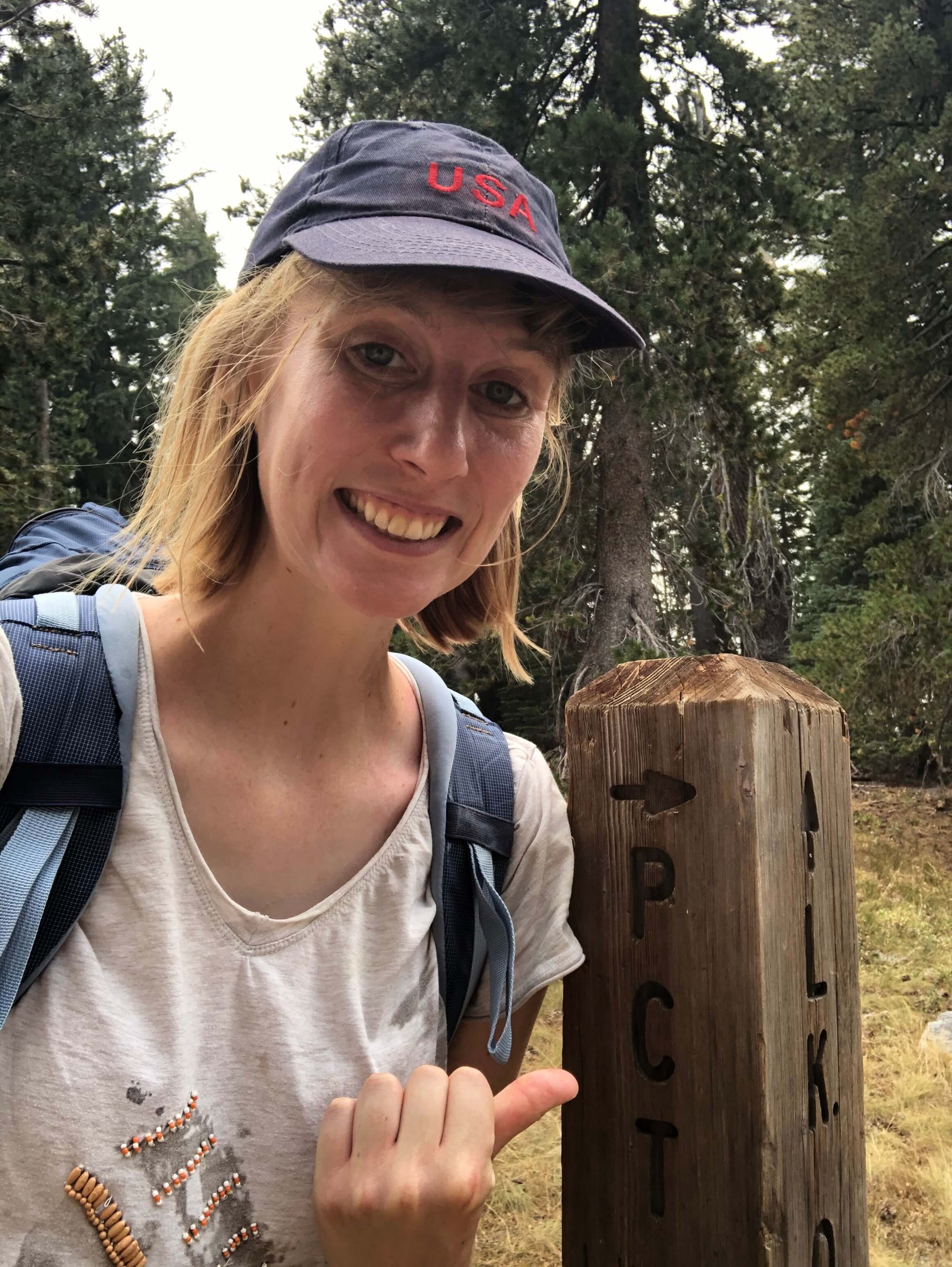Publications
You can also find my articles on Google Scholar.
Publications
Methods
Graph Neural Networks and Representation Learning
Sowon Jeong, C Donnat.
LOBSTUR: A Local Bootstrap Framework for Tuning Unsupervised Representations in Graph Neural Networks.
» Bootstrap-based approach for unsupervised GNN tuning. (Under review at NeurIPS, 2025)Juntong Chen, Johannes Schmidt-Hieber, C Donnat, Olga Klopp.
Understanding the Effect of GCN Convolutions in Regression Tasks.
AISTATS 2025.
» Theoretical and empirical analysis of convolutional layers in GCN regression.Jihee You, So Won Jeong, C Donnat. Gnumap: A parameter-free approach to unsupervised dimensionality reduction via graph neural networks.
Sowon Jeong, C Donnat.
Studying the Effect of GNN Spatial Convolutions on the Embedding Space’s Geometry.
UAI 2023.
» Examines how spatial convolutions affect embedding geometry.Ilgee Hong, Huy Tran, C Donnat.
A Simplified Framework for Contrastive Learning for Node Representations.
Asilomar Conference, 2023.
» Simplifies and improves contrastive learning for graph nodes.C Donnat, M Zitnik, D Hallac, J Leskovec.
Learning Structural Node Embeddings via Diffusion Wavelets.
KDD 2018.
» Embedding method using diffusion wavelets.
Structured Estimation and High-Dimensional Inference
Canonical Correlation Analysis:
Zixuan Wu, Elena Tuzhilina, C Donnat.
Efficient Canonical Correlation Analysis with Sparsity.
» Computationally efficient sparse CCA method. (Under review at JASA, 2025)C Donnat, Elena Tuzhilina.
Canonical Correlation Analysis as Reduced Rank Regression for High-Dimensional Data.
» Shows equivalence between CCA and reduced rank regression. (Under review at JMLR, 2024)Huy Tran, Yating Liu, C Donnat.
Sparse Topic Modeling via Spectral Decomposition and Thresholding.
» Topic modeling using spectral decomposition. (Under review at IEEE Signal Processing, 2023)
Topic Modeling:
Yating Liu, C Donnat.
Tensor Topic Modeling via HOSVD.
» Tensor-based topic modeling method. (Under review at JMLR, 2024)Yeo Jin Jung, C Donnat.
Graph-Structured Topic Modeling for Documents with Spatial or Covariate Dependencies.
» Topic modeling with spatial/covariate structure. (Under review at JASA, 2024)
Network-based inference:
C Donnat, Olga Klopp, Nicolas Verzelen.
One-Bit Total Variation Denoising over Networks with Applications to Partially Observed Epidemics.
» Network-based denoising for binary epidemic data. (Under review at CADS, 2024)Huy Tran, Sansen Wei, and C Donnat. Huy, The Generalized Elastic Net for least squares regression with network-aligned signal and correlated design. » Generalized elastic net with total variation penalty on the coefficients. (Under review at IEEE SIPN)
C Donnat, Susan Holmes. A Constrained Bayesian ICA model for connectome inference. arXiv preprint, 2019.
Statistical Models and Methods for Graph and Network Data
C Donnat, Susan Holmes.
Tracking Network Dynamics: A Survey of Distances and Similarity Metrics.
Annals of Applied Statistics, 2018.
» Review of network distance metrics.C Donnat, Susan Holmes.
Hierarchical Convex Clustering for Graph Data.
Asilomar Conference, 2019.
» Convex hierarchical clustering for graphs.N Miolane, J Mathe, C Donnat, et al.
Geomstats: A Python Package for Riemannian Geometry in Machine Learning.
JMLR, 2020.
» Open-source library for geometric statistics and ML.
Applications
Biological and Biomedical Applications
RP Ferreira, R Ding, F Zhang, H Pu, C Donnat, Y Chen, J Chen.
Expediting Field-Effect Transistor Chemical Sensor Design with Neuromorphic Spiking Graph Neural Networks.
Molecular Systems Design & Engineering, 2025.
» Uses spiking GNNs for chemical sensor development.C Donnat, A Levy, F Poitevin, N Miolane.
Deep Generative Modeling for Volume Reconstruction in Cryo-Electron Microscopy.
Journal of Structural Biology, 2022.
» Generative modeling for protein structure reconstruction.
Epidemiology and Public Health
Saskia Comess, Susan Holmes, C Donnat.
Statistical Modeling for Practical Pooled Testing during the COVID-19 Pandemic.
Statistical Science, 2021.
» Statistical frameworks for efficient pooled testing.C Donnat, F Bunbury, M Harris, et al.
Predicting COVID-19 Transmission to Inform the Management of Mass Events: Model-Based Approach.
JMIR Public Health Surveill, 2021.
» Risk modeling for large events.C Donnat, N. Miolane, J. Kreindler and F. Bunbury. Bayesian Hierarchical Network for Combining Heterogeneous Data Sources in Medical Diagnoses.
Machine Learning for Health. PMLR, 2020.C Donnat, Susan Holmes.
Modeling the Heterogeneity in COVID-19’s Reproductive Number and Its Impact on Predictive Scenarios.
Journal of Applied Statistics, 2021.
» Analyzes variability in disease transmission.
Neuroscience
- Nature Collaboration (incl. C Donnat).
Variability in the Analysis of a Single Neuroimaging Dataset by Many Teams.
Nature, 2020.
» Large-scale reproducibility study in neuroimaging.
Other Applications
- C You, C Donnat, DP Robinson, R Vidal.
A Divide-and-Conquer Framework for Large-Scale Subspace Clustering.
Asilomar Conference, 2016.
» Scalable subspace clustering method.
